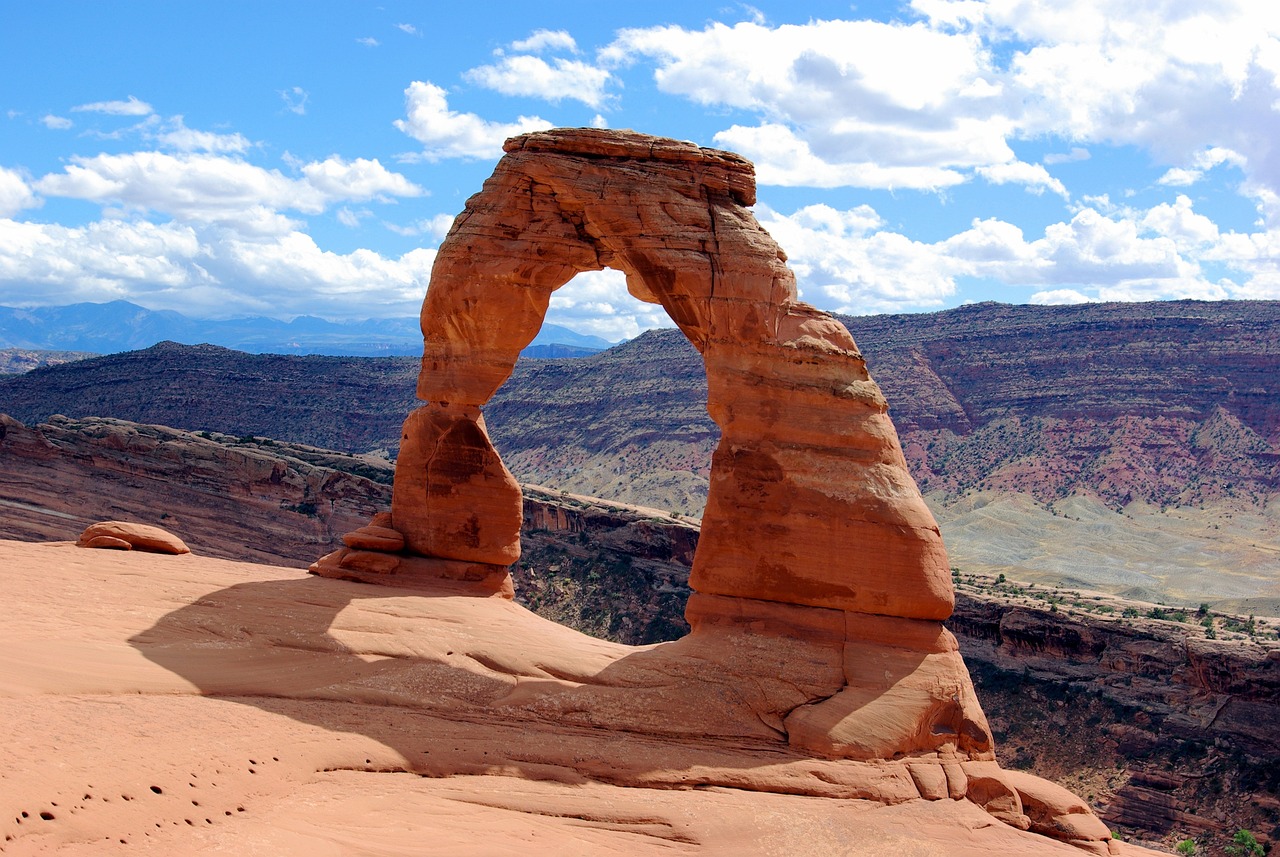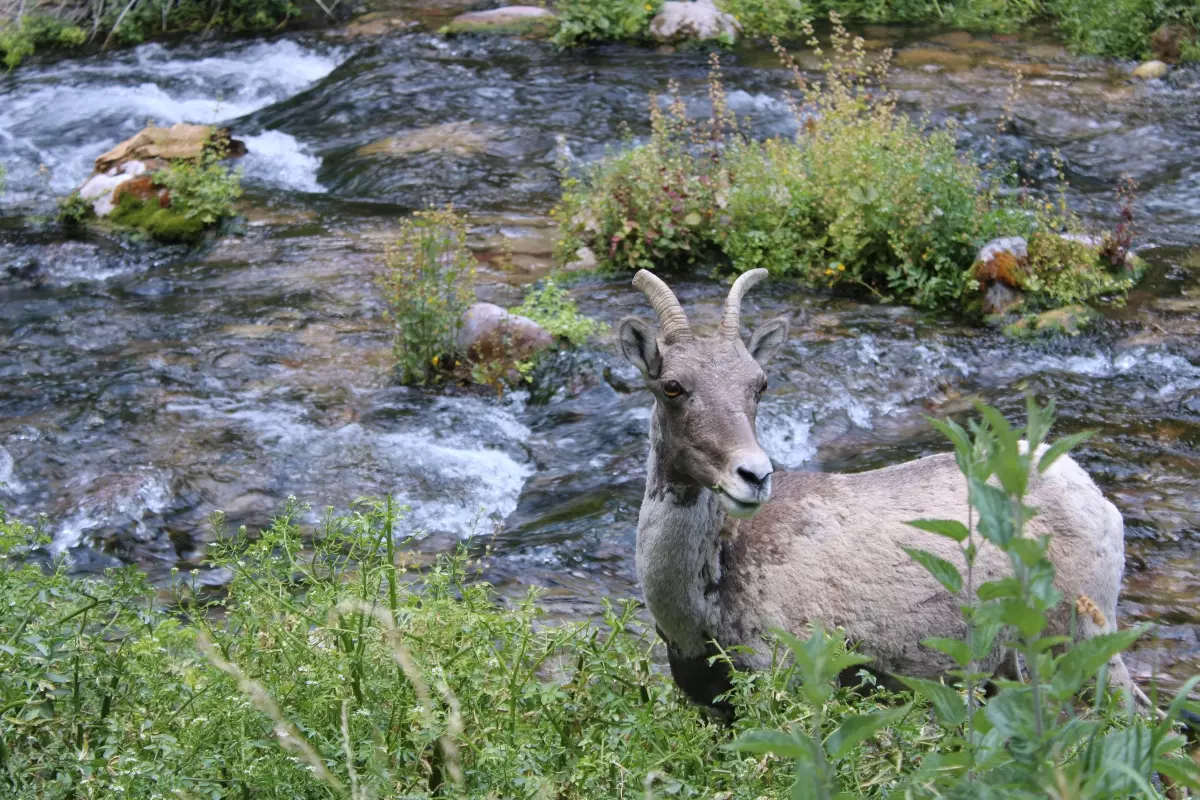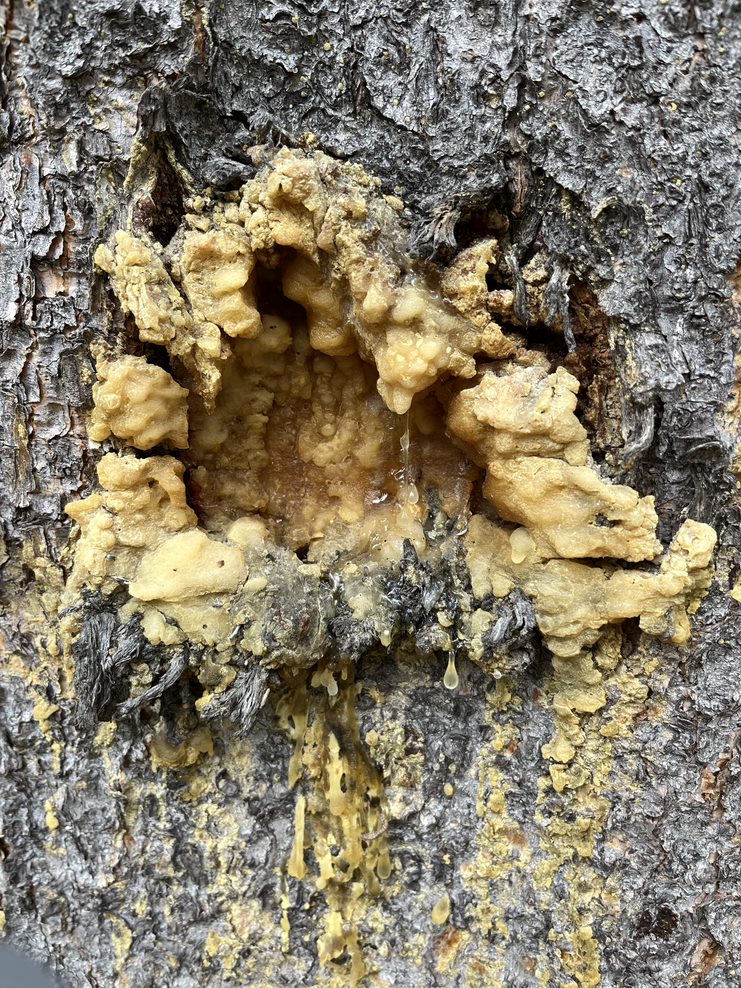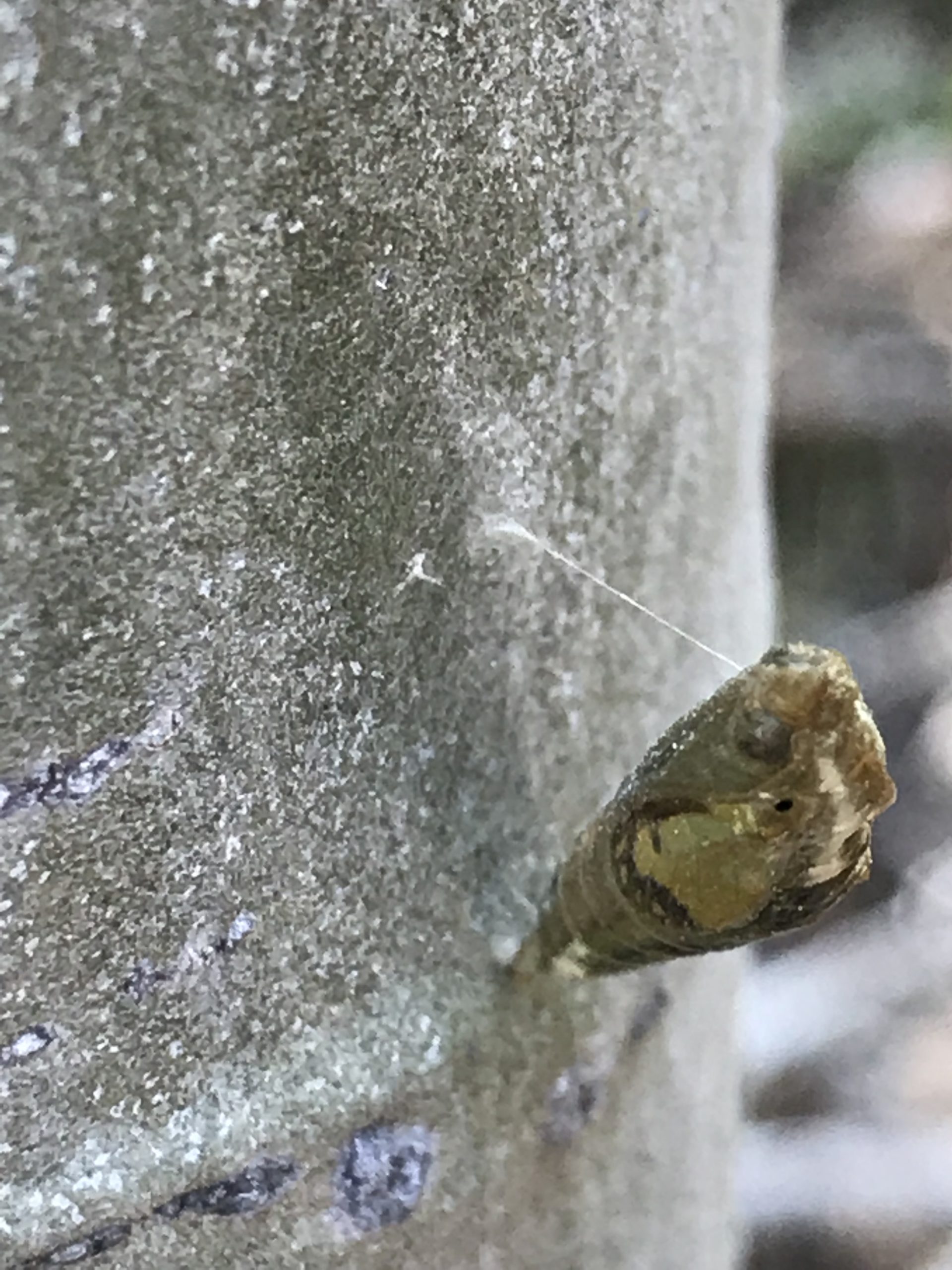
Courtesy & Copyright Emma Mecham
 Wasatch Rambling July 7, 1989
Wasatch Rambling July 7, 1989
Dromedary Peak Summit
Whitney Leary & Eric Newell
Courtesy & Copyright Eric Newell
 Morning Light Big Cottonwood Canyon
Morning Light Big Cottonwood Canyon
July 7, 1989
Courtesy & Copyright Eric Newell
 My Journal, July 6, 1989
My Journal, July 6, 1989
Courtesy & Copyright Eric Newell
 My Journal, July 7, 1989
My Journal, July 7, 1989
Courtesy & Copyright Eric NewellOur 15 year-old and two of her friends just returned from their first backpacking trip without adults. When she hatched the idea, my wife and I were supportive of this big voyage, knowing all the growth that happens when you venture out on our own into the wilds for the first time. We asked questions and provided all the support she and her friends asked for—but we didn’t overdo it. This was their adventure.
They were giddy as they shouldered their packs at the Logan Canyon trailhead and set foot towards a popular lake for two nights. When my wife picked them up three days later, they had stories to tell.
When they are old, like me, they won’t remember the TikTok videos or Instagram reels they might have watched during that span. But they will remember trying to stay warm in their hammocks, sleeping by a mountain lake under a trillion stars, the crispness of the air, and that feeling of being out there on their own and all the uncertainly and joy that goes with it.
When I was sixteen—after finishing another of John Muir’s many books, Wilderness Essays—I decided that if John Muir only took a loaf of bread, an overcoat, and a wool blanket with him into the Sierras, that I could do the same. Certainly John Muir wasn’t—to use a John Muir word—”hardier” than I was. This wasn’t my first backpacking trip without adults, but I learn my lessons the hard way. After all, good judgement comes from experience and experience comes from bad judgement.
So I took a wool blanket from the closet in the basement and left a perfectly good sleeping pad and twenty-degree sleeping bag at home. My friends and I only wore Teva sandals when we hiked or backpacked at the time and I didn’t pack any socks. It was July after all.
Now, I am certain John Muir did not wear Teva’s. He wore socks and boots—even in July. He also built big fires and cut pine-boughs for sleeping on that would insulate him from the cold ground. Wanting to leave no trace, I did neither of those things.
That was a rough night next to a lake in Big Cottonwood Canyon. Aside from shivering on cold, hard bedrock in the darkness, I was constantly under attack from swarms of mosquitos because I couldn’t fit both my head and my bare feet under the small blanket at the same time. I also learned that if you only eat a loaf of French Bread from the Albertsons bakery for dinner, you get a lot of gas.
It turns out John Muir was much “hardier” than I.
I got “out” of my wool blanket well before dawn that morning to move my body and warm up. I watched the light show on the 11,000 foot peaks above and the reflection in the dead-calm lake below.
After breakfast, I spotted a couple of mountain goats on a pass above the lake and we scrambled up to have a closer look. When we arrived at the saddle we decided that since we had come this far, we might as well continue on and figure out the tricky and exposed route to the summit of Dromedary Peak—in our Teva’s.
I’m glad my parents weren’t there to save me from my own naiveté.
It is often hard for parents to let go and give their teens the chance to venture out into Edward Abby’s “back of beyond” to be responsible for themselves and to learn from their own mistakes. But I’m glad my parents were willing, and I have found satisfaction supporting my children, and other people’s children, on their own adventures.
Edward Abbey said it well, “It is not enough to fight for the land; it is even more important to enjoy it. While you can. While it’s still here. So get out there and…mess around with your friends, ramble out yonder and explore the forests, encounter the grizz, climb the mountains, bag the peaks, run the rivers, breathe deep of that yet sweet and lucid air, sit quietly for a while and contemplate the precious stillness, that lovely, mysterious and awesome space.”
The average 18 year-old high school graduate today has spent approximately four-years of their lives on screens. Four years. Four years of childhood that they will never get back. Our children need wildness now, more than ever.
Maybe our public lands will save us from ourselves—if we don’t sell them off to the highest bidder.
I am Eric Newell, and I am wild about Utah and our wild public lands.
Credits:
Images: Courtesy & Copyright Eric Newell, Photographer
Featured Audio: Courtesy & © Shalayne Smith Needham & Courtesy & Copyright © Anderson, Howe, Wakeman
Text: Eric Newell, Edith Bowen Laboratory School, Utah State University
Additional Reading: Eric Newell & Lyle Bingham
Additional Reading








